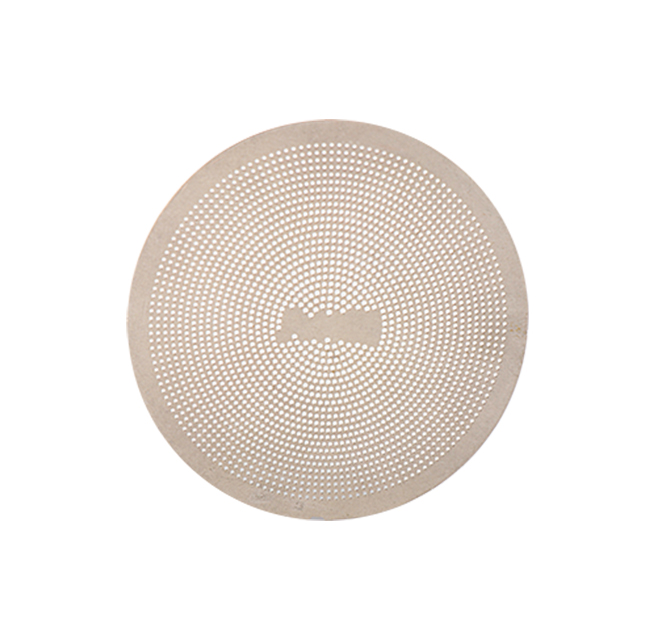Time:2025-05-30 Views:0 source:CNC Machining customization source:CNC Machining news

When purchasing stamping parts processing equipment, several important factors need to be considered to ensure that the equipment meets production requirements, is cost - effective, and has a long service life.
Production Requirements Analysis
The first step is to thoroughly analyze the production requirements. This includes determining the types of stamping parts to be produced, their sizes, materials, and production volumes. For example, if high - volume production of small - sized parts is required, high - speed mechanical presses with automatic feeding systems may be more suitable. On the other hand, for processing large - sized or complex - shaped parts, hydraulic presses with higher tonnage and greater forming accuracy are needed. Understanding the production schedule, such as daily production targets and production cycles, also helps in selecting equipment with appropriate productivity levels.
Equipment Performance and Quality
The performance and quality of the stamping equipment are critical. Key performance indicators include the press tonnage, which determines the maximum force the press can apply; the stroke length and speed, which affect the production efficiency and part - forming quality; and the accuracy of the equipment, especially for parts with strict dimensional requirements. When evaluating equipment quality, factors such as the quality of the machine frame, the precision of the transmission system, and the durability of components need to be considered. It is advisable to visit the equipment manufacturer's factory, observe the production process, and check the quality control measures in place. Testing samples of the equipment can also provide practical insights into its performance.
After - Sales Service and Support
Good after - sales service and support are indispensable. Stamping equipment is complex machinery that may encounter various problems during operation. A reliable manufacturer should offer comprehensive after - sales services, including installation, commissioning, operator training, and regular maintenance. Availability of spare parts is also crucial. In case of component failures, quick replacement of spare parts can minimize production downtime. Additionally, the manufacturer should provide technical support, such as remote diagnostic services and on - site troubleshooting by experienced technicians, to ensure the smooth operation of the equipment throughout its service life.
Cost - Benefit Analysis
Cost - benefit analysis is essential in the purchasing decision. While the purchase price of the equipment is an important consideration, it should not be the only factor. Other costs, such as installation costs, energy consumption, maintenance costs, and potential future upgrade costs, need to be factored in. Comparing the performance, quality, and service of different equipment models from various manufacturers can help in making a more informed decision. Sometimes, investing in slightly more expensive but high - quality equipment with better energy - efficiency and longer - term reliability may result in greater cost savings and higher production efficiency in the long run.
Read recommendations:
Sealing ring Precision electronic parts
Housing components for recessed downlights Precision electronic parts
Oval Magnetic Hardware Precision electronic parts
CNC Machining Dimension Accuracy
CNC processing factory - Meeting customers' strict requirements for precision